The fruitcake may be the butt of your re-gifting joke, but the treat's origins date back to as early as Ancient Egypt.
Today, this cake is more popular as a punchline than a dessert, but either way, it's made its mark on the holiday. From annual loaf flinging contests, to moistening the cake (possibly with alcohol), to joking about how heavy a fruitcake is – the fun knows no end.
Love them or hate them, fruitcakes aren't going anywhere. Today, let's learn its history – and bite into whatever else we can find!
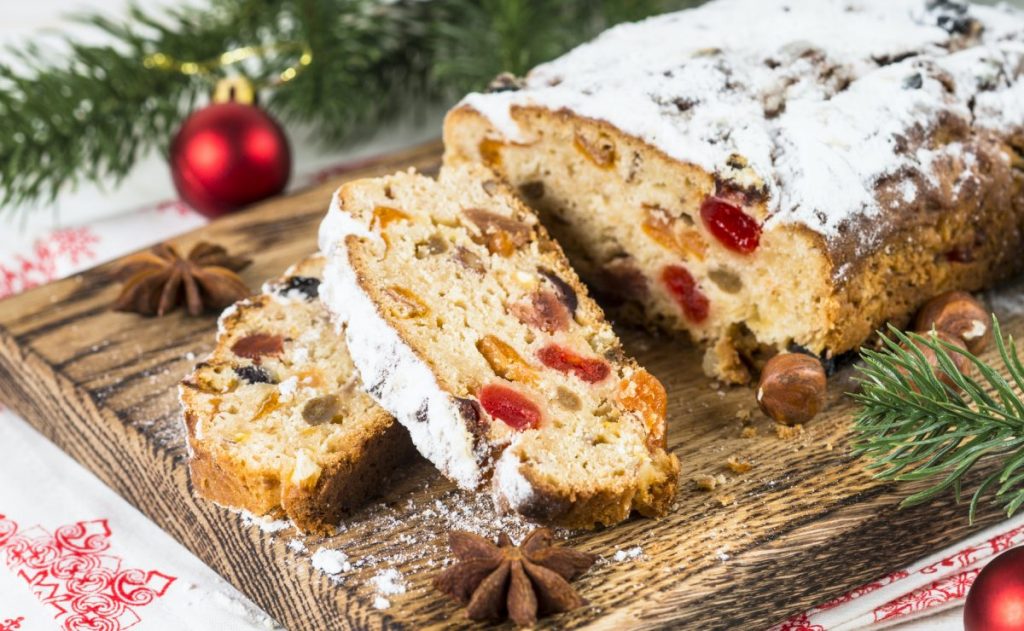
As the name suggests, fruitcakes contain a mixture of fruits – in dried form – nuts, and spices. These can be plain, but some are soaked and aged using spirits.
Because of their rich flavor and denseness, cakes are typically consumed without additional spreads or icing.
And where and when do we owe for the fruitcake's invention? Some historians claim that fruit cakes have existed since Ancient Egypt, where people would leave them inside the tombs of the departed. The most popular theory for this unusual practice is that the cakes served as sustenance for the afterlife.
In Roman times, soldiers would bring fruitcake like bars – called 'satura' – into battle. They used barley mash as the base and studded it with pine nuts, raisins, and pomegranate seeds. These cakes were incredibly portable and would last a long time without spoiling. Satura may be an early ancestor of the fruitcake, but it also has a claim on a modern energy bar!
Let's fast forward to the Middle Ages. Here, the most common fruitcakes used a blend of honey, spices, and, more importantly – preserved fruit.
During the 13th century, British fleets would bring back dried ingredients from Portugal and the Mediterranean. However, the resulting "cakes" were more of a lightly fruited bread, not the rich, dense cake we have today.
It wasn't until the late Middle Ages where the earliest versions of a richer fruit cake – like the Scottish black bun – started entering the world stage. Because of their exotic ingredients, most of the general populace considered these desserts as luxuries only meant for special occasions.
In short: the fruitcake and the Church have a long love-hate relationship.
During the Crusades, the knights took a page from the ancient Roman's book and used fruitcake as nourishment during the war. The six-month trek from England to the Holy Land meant that the Crusaders needed something that would last a long time.
They would bake their fruitcakes with stale bread, honey, spices, dried fruit, and mead as a solution. The blend eventually hardened and became naturally resistant to rotting.
In the 1400s, fruitcakes had a slight downgrade in status as the Catholic Church prohibited bakers from using butter for cakes during Advent – a time for fasting. The resulting butter-less cake, called Stollen, was a dry and less-tasty creation made from flour, oil, yeast, and water.
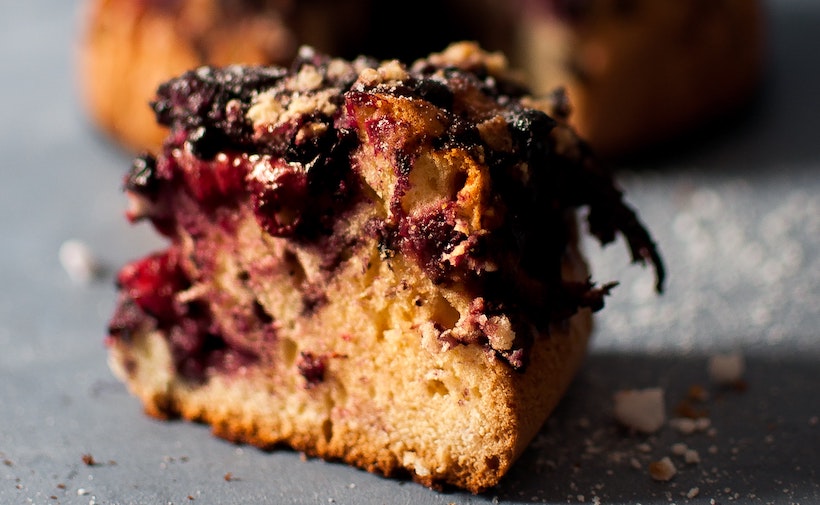
Prince Elector Ernst and Duke Albrecht of Saxony sent a letter to Pope Nicholas V, pleading for him to lift the ban. Oil in Saxon was expensive and hard to come by, which made eating cakes a burden. It wasn't until Pope Innocent's reign (the fifth Pope after Nicholas V) that butter was finally allowed.
The Pope sent what's now known as the "Butter-Letter" to the Prince, stating that anyone can use butter. However, everyone aside from the Prince's household had to pay an annual tax.
Since then, the fruit cake has evolved back into its decadent state. Wealthy families would distribute these cakes to carolers and the less fortunate during the Holidays. This practice likely influenced the annual fruitcake gifting (and re-gifting) we experience today.
During the 1600s, boatloads of sugar from colonized lands would arrive in Europe – quickly turning sugar into a cheap commodity. People could now use sugar to preserve fruit well beyond the harvest season, paving the way for fruitcakes with new fruit combinations.
Years before the American Revolution, the British colonists brought fruitcake to the new world. It became extremely popular in regions that lacked access to fresh fruit.
One notable fruitcake in this period – called the "muster cake" – is a dense, alcohol-heavy food that colonial women made for the men who were "mustered" for military training by order of the British Parliament.
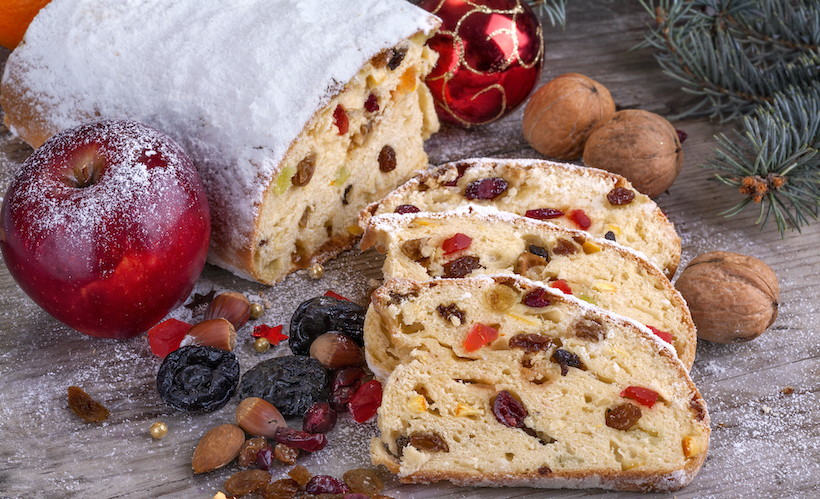
The fruitcake's sinfully rich nature became its undoing in the early 1800s, as the European Church outlawed it for being too decadent. However, the holy leaders lifted the ban by the end of the century. This was a triumph for Victorians who loved to eat fruitcake for afternoon tea.
Queen Victoria's wedding fruitcake – topped with a sugar figure of Britannia – further cemented the country's love for the dessert as well as its common appearance in weddings. Several other royals followed the tradition of serving fruitcakes on their special day, including Prince Charles and Princess Diana, and more recently, Prince William and Princess Kate.
Another popular food in the UK is the Christmas Pudding, and many believe it is the same as a fruitcake. Christmas Pudding – also endearingly known as "Figgy Pudding" – does have a similar ingredient list of dried fruit, nuts, and alcohol, but the comparisons end there. This dish is steamed instead of being baked like a cake.
Sadly, many fruitcakes we commonly see today are mass-produced loaves that are usually quite dense and filled with overly sweet candied fruits and pecans. Others lean into the fruitcake's art, making a delicious cake akin to the homemade ones of yore.
The Collins Street Bakery in Corsicana, Texas, jumpstarted the commercialization of fruitcakes in 1896. Today, they make over 1.6 million fruitcakes a year and ship them to every US state... and 200 countries to boot! Another area known for its fruitcakes is Claxton, Georgia, home of the famous Claxton Bakery.
These companies set up shop in the Southern states thanks to the quick and easy access to nuts. Most mass-produced fruitcakes are usually alcohol-free, but old-fashioned recipes still use brandy or other spirits and sprinkle it with powdered sugar.
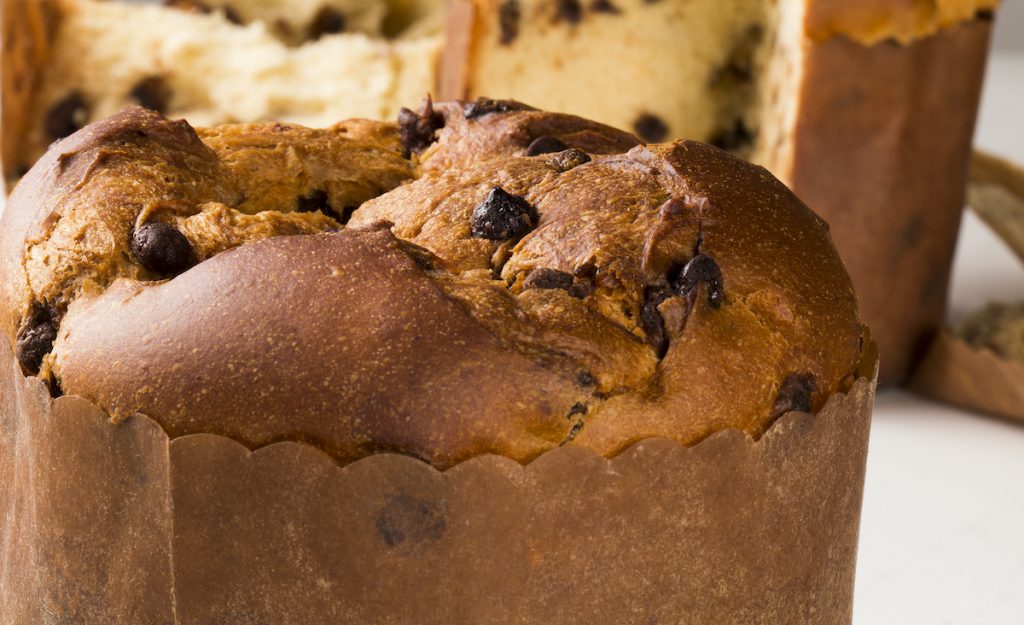
The history of the fruitcake discussion isn't complete without mentioning its numerous forms developed by different cultures! Here are some of the more notable ones:
Most mass-market fruitcakes' low quality has turned the once luxurious dessert fit for kings into a comedy punchline.
Various American figures like Johnny Carson and Truman Capote, as well as programs like the Donna Reed Show and Father Knows Best, helped cement the fruitcake's reputation as the butt of jokes.
To add insult to injury, there's even a famous fruitcake tossing competition. Manitou Springs has hosted the Fruitcake Toss tournament each year since 1995. This hilarious event attracts people from all over the country to throw fruitcakes in the most inventive ways possible.
Despite the treat's sullied reputation, however, many parts of the world still serve fruitcakes as an enduring holiday tradition. Many food experts are also developing new methods to improve the fruitcake's texture and flavor while maintaing the mass-market advantages.
Fruitcake doesn't spoil for a long time, thanks to its high sugar content. Concentrated sugar causes bacteria and other microorganisms to lose water and shrivel up. (This is also the reason why honey doesn't spoil.)
Alcohol also plays a significant factor in a fruitcake's longevity through a process called denaturation. Denaturation happens when alcohol breaks down the fat encasing of a bacteria cell, leaving its critical components exposed.
The US Department of Agriculture mentions that fruitcakes can last between two to three months when refrigerated and up to a year if frozen. In practice? Many people report fruitcakes lasting... much longer.
While fruitcakes might remain edible for long periods, the quality of their taste and texture will likely take a hit.
Nuts have always played a major role in the dish. The Ancient Romans added pine nuts to their satura. In the 1700s, Europeans would use nuts from their yearly harvest to flavor their fruitcake. They would only consume them in the next harvest the following year.
Fun fact: Did you know that the first recorded use of the word "nutty" to describe someone 'crazy' was as early as 1821? With the emergence of nut-laden commercial fruitcakes in the 1930s, people connected the dots, and the phrase "nutty as a fruitcake" was born.
Feeding a fruitcake is the process of adding alcohol every once in a while to keep it moist and improve its flavor. Strong, flavorful spirits – like rum, whisky, and brandy – work best.
After baking the cake, skewer it with tiny holes and spoon some alcohol to let it soak. Once it's cooled down, "feed" it with an additional spoonful every 14 days until you get the desired flavor.
The only record verified by the Guinness organization is the world's oldest cake, which is a 4,176-year-old cake discovered in an Egyptian tomb.
One Michigan family claims to have a 141-year-old fruitcake passed down from generation to generation. According to them, Fidelia Ford's great-great-granddaughter made the cake in 1878. While interesting, it's hard to ascertain the validity of such a claim – but hey, I want to believe!
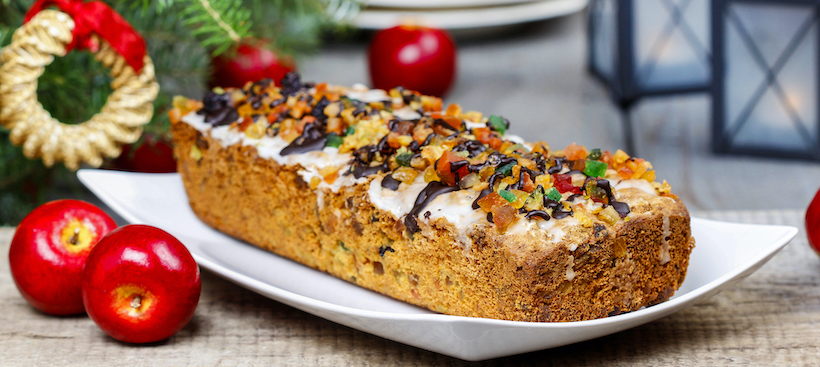
So, as you can see – the fruitcake is more than a joke. The fruitcake has bona fide historical roots going back thousands of years. So, the next time you get snarky with your fruitcake, consider how the cake has evolved – and then decide if you still want to regift it.